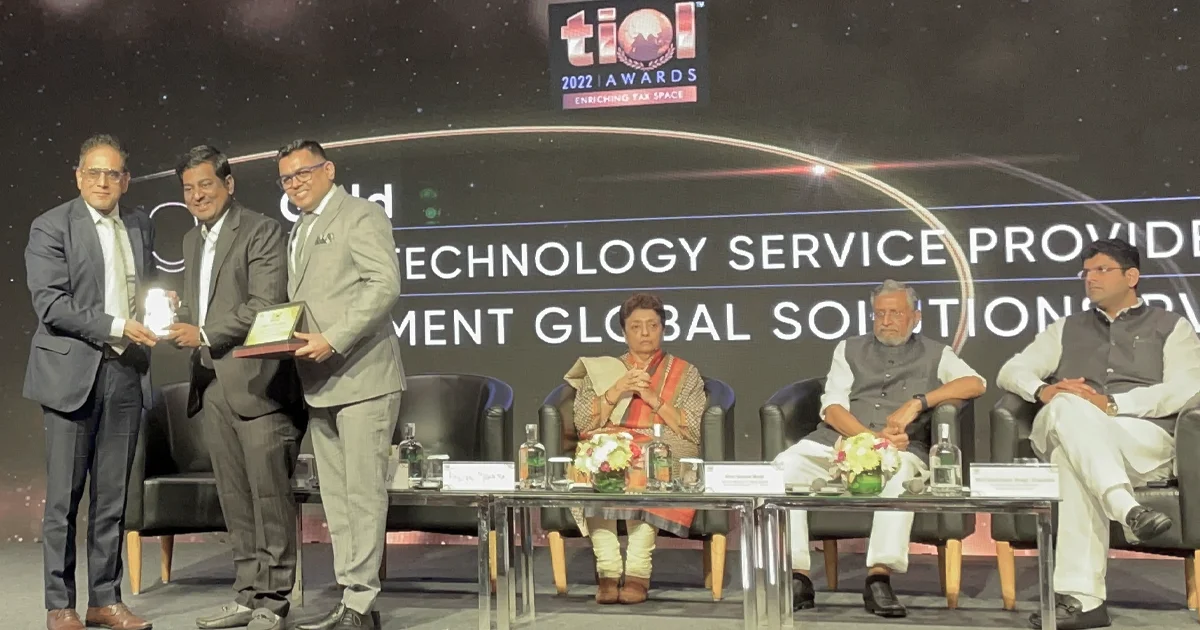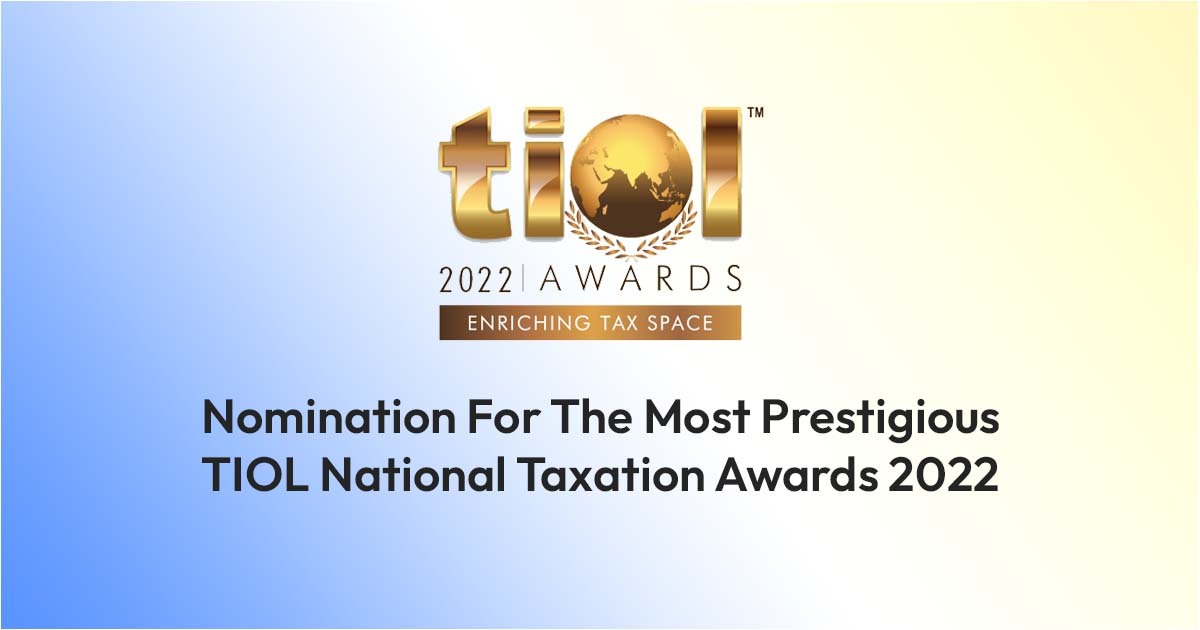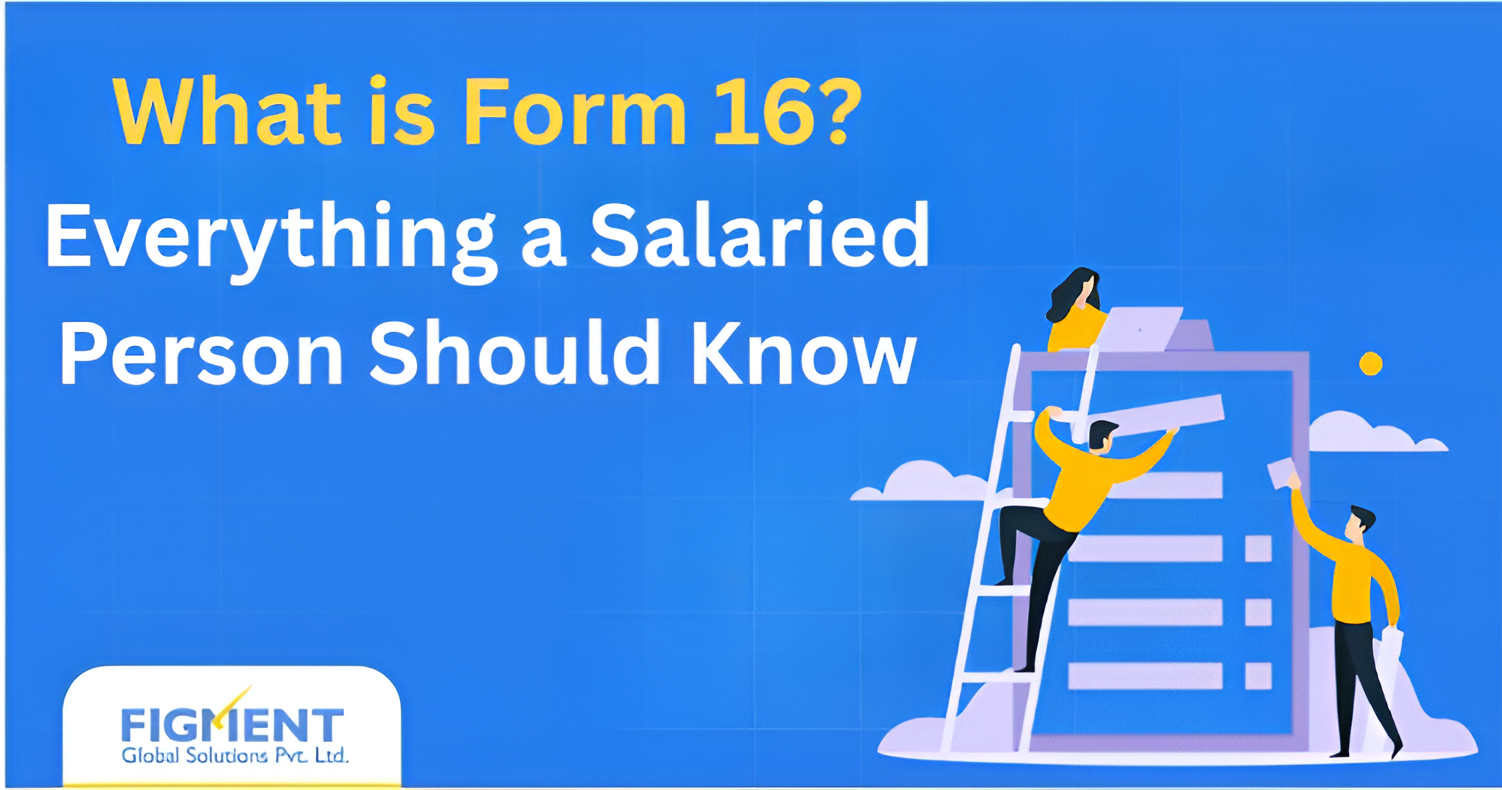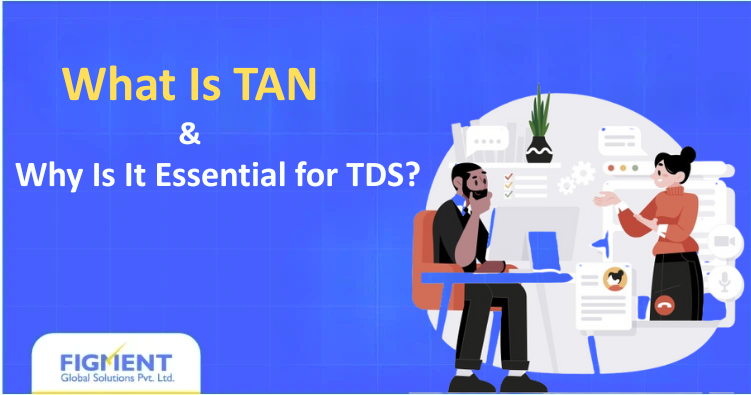The introduction of e-invoicing under India’s Goods and Services Tax (GST) framework marked a paradigm shift in tax compliance. Designed to enhance transparency, curb tax evasion, and automate reporting, e-invoicing is no longer optional for large businesses—and it’s swiftly becoming a necessity for smaller players, too.
In this blog, we’ll explore the evolution of e-invoicing, who is required to comply (as per the latest notifications), what it entails technically, and actionable next steps businesses should take now to stay ahead of compliance deadlines.
1. What is E-Invoicing?
E-invoicing under GST refers to the electronic authentication of B2B invoices via the Invoice Registration Portal (IRP). Every invoice generated must be uploaded to the IRP, which validates the invoice details, assigns a unique Invoice Reference Number (IRN), and digitally signs the document.
This electronically authenticated invoice becomes a legal document for GST compliance and must be shared with the buyer and maintained for audit and reconciliation.
2. Legal Foundation and Notification Trail
E-invoicing was first introduced via Rule 48(4) of the CGST Rules, 2017. It mandates that certain classes of registered persons must prepare invoices by uploading invoice details to the IRP and obtain an IRN before issuing the invoice.
Key notifications include:
- Notification No. 68/2019 – Central Tax, laying the groundwork.
- Subsequent updates progressively lowering turnover thresholds and expanding scope.
- As of 1st August 2023, e-invoicing applies to registered persons with aggregate turnover exceeding ₹5 crore in any financial year from 2017–18 onwards.
3. Current Applicability Thresholds (As of June 2025)
| Aggregate Turnover in Any FY Since 2017–18 | E-Invoicing Mandatory From |
| Above ₹500 crore | 1st October 2020 |
| Above ₹100 crore | 1st January 2021 |
| Above ₹50 crore | 1st April 2021 |
| Above ₹20 crore | 1st April 2022 |
| Above ₹10 crore | 1st October 2022 |
| Above ₹5 crore | 1st August 2023 |
Note: Turnover is PAN-based and includes all GSTINs under one entity.
4. Who is Exempt From E-Invoicing?
While turnover-based applicability is wide, certain categories of registered persons remain exempt:
- SEZ Units
- Insurers, banking companies & NBFCs
- Goods transport agencies (GTAs)
- Passenger transport services
- Multiplex operators for movie ticket sales
It’s essential for businesses to regularly assess whether any GSTIN under their PAN crosses the threshold, even if others are exempt.
5. Technical Implementation: How Does It Work?
A technically compliant e-invoice requires the following components:
a. Generation of Invoice
The supplier’s ERP/accounting system creates the invoice in JSON format per the schema defined by the GSTN.
b. Upload to IRP
This JSON is uploaded to the Invoice Registration Portal via:
- Direct API Integration (for large taxpayers with automated systems)
- GSP/ASP intermediaries (for SMEs or those using cloud-based GST platforms)
c. Authentication by IRP
The IRP:
- Validates the data
- Generates the IRN (Invoice Reference Number)
- Signs the invoice digitally
- Returns the IRN, QR code, and signed JSON back to the supplier
d. Invoice Distribution
The signed e-invoice (with QR code and IRN) is then sent to the buyer and also auto-pushed to:
- GST portal (for auto-population of GSTR-1)
- E-way bill system (if applicable)
6. Challenges in E-Invoicing Compliance
- Data integrity issues from non-standardized ERP inputs
- JSON schema mismatches causing IRP rejections
- Downtime or latency of IRPs impacting high-transaction-volume businesses
- Versioning complexity, as schema updates and validations are dynamic
7. Time Limit: – Until 30th April 2023, there was no time limit fixed by the GST system or the GST law to generate e-invoices. From 1st May 2023 onwards, the government announced that taxpayers with Annual Aggregate Turnover (AATO) equal to or more than Rs.100 crore must generate e-invoices for tax invoices and credit-debit notes within 7 days of invoice date, failing which such invoices and CDNs will be considered non-compliant. However, the 7-day rule wasn’t implemented. New 30-Day e-Invoice Rule: From April 1, 2025, businesses with an Annual Aggregate Turnover (AATO) of Rs. 10 crore+ must upload e-invoices to the Invoice Registration Portal (IRP) within 30 days, a rule once limited to those with Rs. 100 crore+.
7. What Should Businesses Do Now?
To stay compliant and ahead of enforcement scrutiny, businesses (especially in the ₹5–10 crore turnover range) should:
Conduct a Turnover Analysis:
Check whether any GSTIN under the PAN has crossed the ₹5 crore threshold in FY 2023–24.
Upgrade Systems:
Ensure ERP or billing software can generate e-invoice-compliant JSONs. If not, integrate a middleware or partner with a certified GSP/ASP.
Test & Validate:
Use the sandbox IRP portal to test JSON payloads and identify schema gaps.
Define SOPs:
Create Standard Operating Procedures for invoice generation, rejection handling, versioning, and communication with buyers.
Staff Training:
Ensure cross-functional teams (accounts, IT, operations) are briefed on handling IRNs, QR codes, and IRP response handling.
8. Future Roadmap: What to Expect?
While currently limited to B2B transactions, the scope of e-invoicing may expand to:
- B2C transactions for large e-commerce or retail entities
- Cross-border supplies
- Sector-specific schema enhancements for finance, healthcare, etc.
E-invoicing also paves the way for pre-filled returns, real-time GST audits, and improved matching of ITC claims.
9. Closing Thoughts
E-invoicing isn’t just a compliance obligation—it’s a strategic opportunity. For tax professionals, CFOs, and compliance managers, it’s a chance to automate reconciliations, enhance audit readiness, and build transparent systems that scale.
As the GSTN framework matures, those who act early and build robust e-invoicing ecosystems will lead the way into the next phase of digital compliance.







